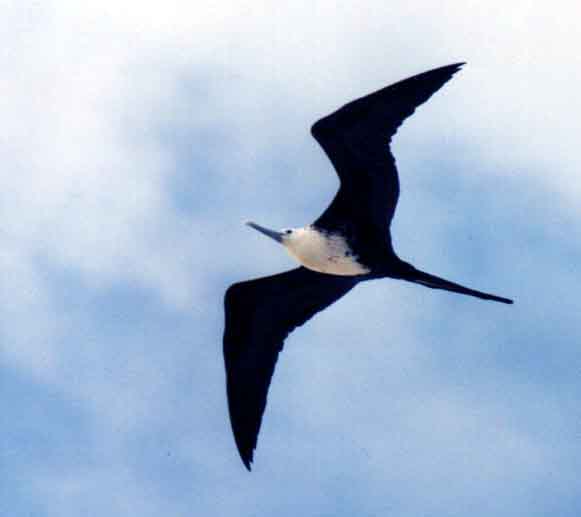
In his discussion of multiplicity, Calvino looks into the idea of the contemporary novel as an encyclopedia. There are many texts that attempt to include information from other sources, but many of them try to create a closed cycle when doing so. Calvino discusses the importance of keeping this cycle open so different information can be added to make the works more useful. In the past, encyclopedias have attempted to contain all of the information possible on a specific subject. Calvino shows that it is much more effective to keep the cycle open. It is important to include information from outside a specific work because this causes the work to be more effective at informing the reader.
Calvino likes the idea of links between different works, and I strongly agree with him. I think that by linking to different texts we can create a web of information that allows the reader to learn more information on a subject if they desire to do so. It is frustrating to read something and have no idea where to go to find out more information. I look at the concept of multiplicity as a sort of puzzle, because different sources are fit together like the pieces of a puzzle to create a work that is different. This is why I chose an image of puzzle pieces to represent multiplicity. The image has four puzzle pieces fitting together to create a whole. This is similar to the way that information compiled from different sources fits together in a work and makes it complete. I think that the way the puzzle pieces are all similar colors while still being distinct represents the way that the compiled information is different in many ways, but it still has something in common with the rest of the work.
Due to our contact with the world around us we are all connected, so it is important to apply this idea to literature as well. While trying to think of an example of literature that represents multiplicity, I had a hard time thinking of something. One book that stood out in my mind was Frankenstein by Mary Shelley. I think that this book does a good job of including references to other works and information to make the reader understand what is going on in the story. There are many times in the book where the characters mention something that would be common knowledge to someone of the same time period, but the reader today may not be familiar with it. The footnotes in the book help to make it accessible to readers of any time, and help add more depth to the story. This reminds me of the puzzle, because all of the pieces fit together to help the reader gain a better understanding of the text.




